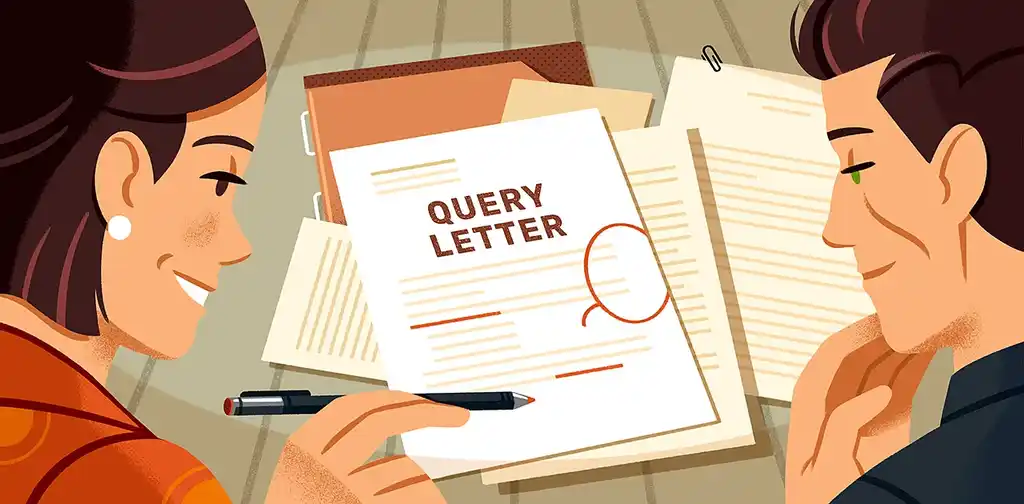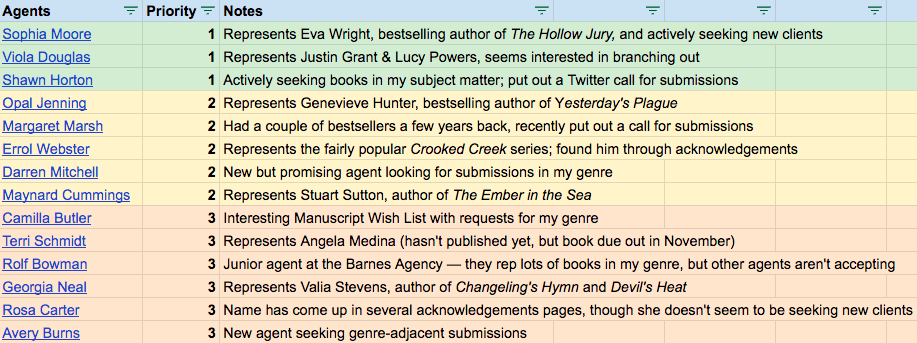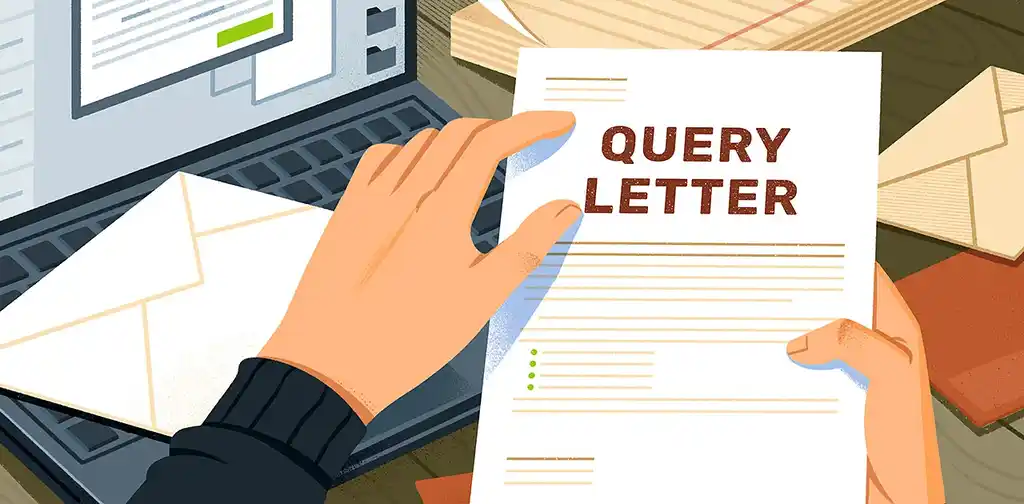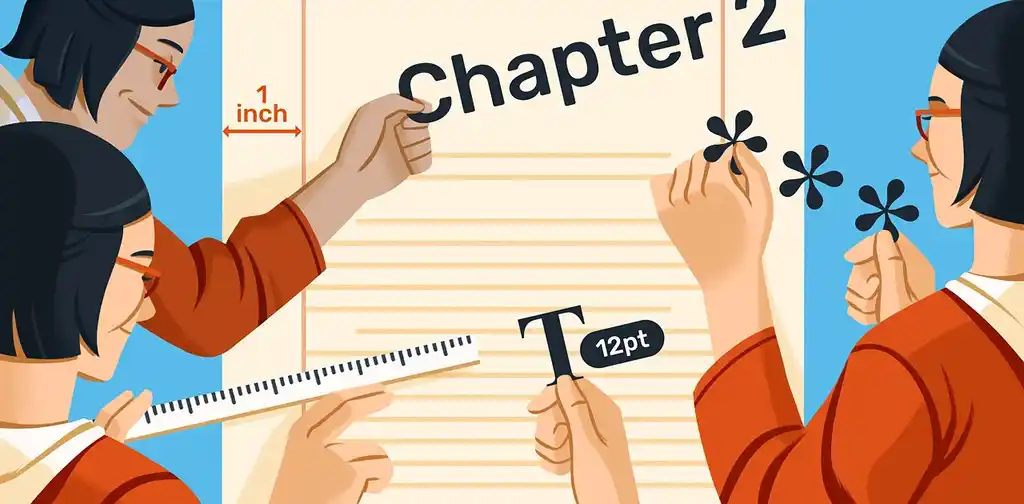Blog • Understanding Publishing
Posted on Sep 01, 2020
How to Submit a Manuscript to a Publisher In 5 Simple Steps
About the author
Reedsy's editorial team is a diverse group of industry experts devoted to helping authors write and publish beautiful books.
More about the Reedsy Editorial Team →This post is written by Scott Pack: an editor, publisher, and author of the book How to Perfect Your Submission.
As a publisher, I receive a hell of a lot of manuscript submissions. That probably doesn't surprise you. What may surprise you is that around 50% of the authors who send their manuscripts to me make simple errors that drastically reduce their chances of being published — which is what led me to write my own book on how to submit a manuscript to publishers!
My ebook, How to Perfect Your Submission, is a short guide for authors who want to avoid the common mistakes I see every day. It also offers strategies for making your manuscript as strong as it can be. My mission is to ensure that no one who reads the book will have their submission rejected because of something easily fixable.
To help me further this mission, the nice folks at Reedsy have invited me to share some of the contents of my book with you. My best advice for submitting a manuscript to a publisher is condensed into five essential steps! Let’s start at the beginning…

PERFECT YOUR QUERY LETTER
Agents and editors are on Reedsy
Meet experts who know what makes a query stand out.
1. Do your research on agents and publishers
One of the top complaints from agents and publishers is that authors don’t do their research before submitting. Needless to say, in order to perfect your manuscript submission, you need to know who you’re targeting. Here are a few tips to get you started!
🖋️
Are you ready for a literary agent?
Find out here! Takes one minute.
📚 Familiarize yourself with the trade press
Check out trade publications like The Bookseller and Publishers Weekly to get a sense of the biggest names and trends in traditional publishing. Follow trade journalists and authors on Twitter and take note of up-and-coming agents, editors, and publishers — especially those who specialize in books like yours. And finally, if you want a truly thorough education, I’d recommend the Writer’s Market guide (for US authors) or the Writers' & Artists' Yearbook (for UK).

FREE COURSE
Traditional Publishing 101
Learn the process behind book deals in 10 days.
👩🏽💻 Look through websites and acknowledgments
As you discover new agents and publishers, peruse their websites to see which genres and categories they’re seeking, and indeed whether they’re currently accepting submissions at all. For a more intimate approach, you can also try looking through the acknowledgments in published books for agents and acquiring editors to contact (though you should still check their websites before doing so!).
✍️ Join writing communities and attend workshops
Nothing can replace the power of personal networking in publishing. To that end, consider getting involved in a writing group, where you’ll receive advice on your craft and insider tips on how to get published.
And if you have the opportunity to attend a literary festival or workshop, definitely take it! Lots of them have talks from agents and publishing pros about how to succeed in traditional publishing, and you may even get the chance to speak to agents one-on-one.
Now, you’ve done your research and have a strong sense of the industry, maybe even a few agents’ or publishers’ names floating around in your head. What comes next?
2. Develop a plan to track manuscript submissions
If you haven’t already, now’s the time to begin putting together your longlist: a collection of all the agents and publishers you think would be good matches for your manuscript.
As the name implies, your longlist doesn’t need to be too selective. Feel free to record every agent and publisher who piques your interest; better to start with a wide range of options and narrow it down later than to nitpick now and end up with zero realistic prospects.
Keep track of relevant details as you go. This should include links to their websites, notes on why each prospect intrigued you (e.g. “they represent authors similar to me”) and guidelines on how to submit a manuscript to them. I am a big fan of using a spreadsheet for this process to keep my notes organized, and because it can easily evolve to eventually track your submissions and responses.
Putting your longlist in a spreadsheet also makes it easier to sort in approximate order of priority, which is what you’ll need to do next. You may want to come up with a rating system, which you can record in an additional column and use to sort your list. Like so:

To help you track your submissions, download our free query-tracking spreadsheet:

FREE RESOURCE
Query Submissions Tracker
Stay organized on your journey to find the right agent or publisher.
3. Create a shortlist to submit your book to
Once you have your ordered longlist, I would suggest that you submit your manuscript to 5-6 prospects at a time. However, before you start reaching out, give just a little more thought to your first choices.
For example, perhaps you’ve ordered your priorities with your absolute “dream” agents and publishers at the top, regardless of how many authors they already represent. Though you shouldn’t disqualify prospects simply because they’re competitive, you may want to bump a couple of “reach” targets down your list so your first round of submissions has a better chance of receiving responses.
Furthermore, if you’ve compiled your longlist over the course of several weeks or months, you’ll want to double-check that all the agents and publishers on your list are still taking submissions. If anyone’s status has changed, hold off on contacting them. You may think “they’ll get to it eventually,” but in truth, they’ll just ignore you — or worse yet, remember you as pushy and inattentive to detail if you try them again.
Tweak your priorities with these factors in mind. The top 5-6 agents and publishers on your list at this stage will be the shortlist for your first round of manuscript submissions!

4. Write personalized queries based on website guidelines
Now concentrate on your shortlist alone. Regardless of how much research you’ve done, it’s time to do some more!
If you haven’t read at least two books represented by each of your top prospects, do it now. Pore over their Twitter feeds and Manuscript Wish Lists. Find out what they’ve acquired and sold recently, and how busy they seem to be. If they’re getting dozens of interested replies on their Twitter submission calls, you may want to wait to submit until they can pay closer attention to your manuscript.
🖊️
Which famous author do you write like?
Find out which literary luminary is your stylistic soulmate. Takes one minute!
Hopefully, all your prospects will hold up and you’ll come away with a detailed sense of each one’s clients, genres and categories, and current preferences for submissions. With all that in mind, you’re ready to customize your query letters and submission notes to each of them! That blog post will take you through it in detail, but here are a few key tips:
- Address each contact by name, e.g. “Dear Ms. Smith” (and make sure it’s spelled correctly!)
- Explain why you want them, specifically, to take on your book
- Draw comparisons to similar books they’ve represented or published
- Ensure that your manuscript sample is absolutely spotless
Whatever you do, don’t just send out a template letter to everyone! Merely adjusting the greeting is not enough — and if you don’t have two or three solid, detailed reasons for querying each party, that person or publisher should not be on your shortlist.
Q: Are there any unspoken rules that agents or publishers will expect you to follow when submitting a proposal?
Suggested answer
I really don't think so. There are so many great resources out there for anyone who wants to develop a successful proposal. There are really no excuses for producing a bad/misplaced one.
John is available to hire on Reedsy ⏺
5. Submit your manuscript
There are two possibilities here. The first is that the submission guidelines for one of your prospects ask for complete manuscripts (which is rare, but it happens!).
The second, and somewhat more likely, possibility is that you’ve gotten a positive response from an initial query, and now an agent or publisher is requesting to see your full manuscript. But either way, congratulations: someone wants to read your book!
Take the time to perfect your submission before sending it in. If you haven’t already, get your text proofed, and formatted correctly according to professional standards. You’ll need a header with all your authorial info, the correct typeface and line spacing, and page numbers. But don't worry: Reedsy has just the thing to help you out.

FREE RESOURCE
Manuscript Format Template
Get your manuscript ready for submission to agents and publishers.
Want to know more?
For those still curious about how to submit a manuscript to publishers, check out this Reedsy Live hosted by me! In it, I discuss the five most common mistakes authors make when submitting to publishers, using it as a chance to point out the errors I see people make every day. Take heed and good luck with your submissions!
Scott Pack is Associate Editor at Unbound, the world's first crowdfunding publisher. He is also co-founder of Abandoned Bookshop, an ebook imprint that publishes neglected and forgotten classics.
On Reedsy, Scott offers editorial services including developmental and structural edits, editorial reviews, query letter critiques, and more. To collaborate with him on your next manuscript, head over to his Reedsy profile! And to buy his book on Amazon, click here.







